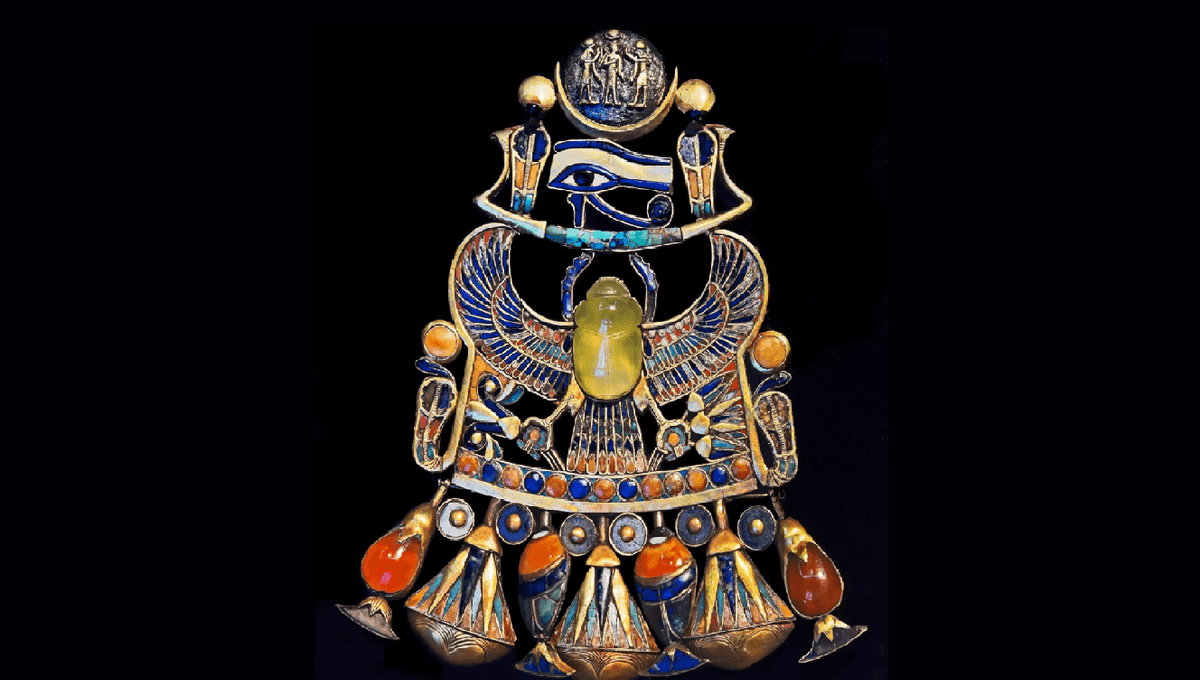
A peculiar and mysterious yellow glass can be found in the desert of Egypt and Libya. It has been known for thousands of years and was famously used to make a scarab for the pectoral of 18th-dynasty pharaoh Tutankhamun. For a long time, people were uncertain of its origin, but researchers think they have found the culprit.
As reported in the journal Geology in 2019, the yellow glass was caused by a meteorite impact that took place 29 million years ago. The researchers analyzed zircons within glass samples found in the Libyan desert and discovered that they must have been melted by an impact. Glass forms when sand melts at very a high temperature.
“It has been a topic of ongoing debate as to whether the glass formed during meteorite impact, or during an airburst, which happens when asteroids called Near Earth Objects explode and deposit energy in the Earth’s atmosphere,” Dr Aaron Cavosie, from Curtin University, said in a statement.
“Both meteorite impacts and airbursts can cause melting, however, only meteorite impacts create shock waves that form high-pressure minerals, so finding evidence of former reidite confirms it was created as the result of a meteorite impact.”
Reidite is a rare mineral formed from zircons that have experienced high temperatures and pressures.
The airburst scenario became particularly popular after the 2013 Chelyabinsk event where a bolide exploded over Russia and caused damage to many buildings and injured (though not directly) 1,491 people. That airburst had roughly the energy of 0.5 megatons of TNT or up to 33 times the energy of the Hiroshima atomic bomb.
Meanwhile, the airburst that hit near the Siberian Tunguska River in 1908 (and was recorded even by seismographs in London) released energy equivalent to 5 megatons of TNT. To create the yellow glass found in the North African desert, the airburst would have had to have been 20 times more powerful, releasing 100 megatons of energy. So, finding out that an airburst did not lead to the glass’ formation is good news for us.
“Meteorite impacts are catastrophic events, but they are not common. Airbursts happen more frequently, but we now know not to expect a Libyan desert glass-forming event in the near future, which is cause for some comfort,” Dr Cavosie explained.
It’s quite serendipitous that King Tut had a jewel made of such glass, as the ancient sovereign already has another connection to space. One of his daggers was made from the iron of a meteorite.
An earlier version of this article was published in May 2019.
Source Link: Unusual Yellow Gem In King Tut's Tomb Created By Meteor Crash In Sahara